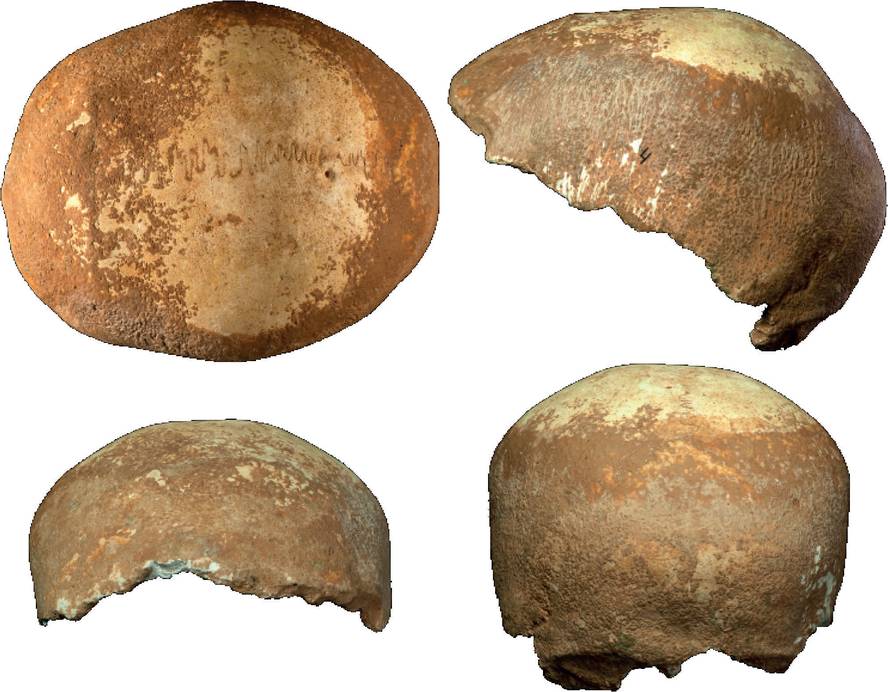A piece of skull, possible direct ancestor of the first Europeans

In the cave of Isralego Manot have found remains of the possible ancestors of the first Europeans. Specifically, paleoanthropologists at the Dan David Laboratory at the University of Tel Aviv have discovered a portion of skull, calota, upper part of the cranial vault. The calota has been dated by uranium/thorium technique and the results indicate that it is an adult Homo sapiens who lived 55.000 years ago at the end of the Middle Paleolithic.
The age of the fossil coincides with the time when our direct ancestors migrated from Africa to Europe and, according to the researchers, can be one of the direct ancestors of men who successfully populated central Europe. In fact, despite the fact that the cranial portion is a mosaic of modern and archaic characteristics, the comparison with the other species of the fossil record has revealed its greater similarity with the human set of the Upper Palaeolithic.
This has been expressed by researchers in the article published in the journal Nature. Likewise, they have defined that it has close relations with species of the Upper Paleolithic of central Europe and with species of recent Africa. However, the Mediterranean would be further away from other oriental specimens.
Beyond kinship, the age of the skull is the highlight of the discovery. “This fossil shows directly that, in addition to Neanderthals, modern men lived at the end of the Middle Paleolithic in the Eastern Mediterranean corridor,” the Israeli researchers emphasized in the article. The fossil of the cave of Manot coincides not only with the time when our ancestors left Africa and colonized Eurasia, but also with the possible time and geographical area that hybridized with the Neanderthals, which brings an additional interest to the discovery.






